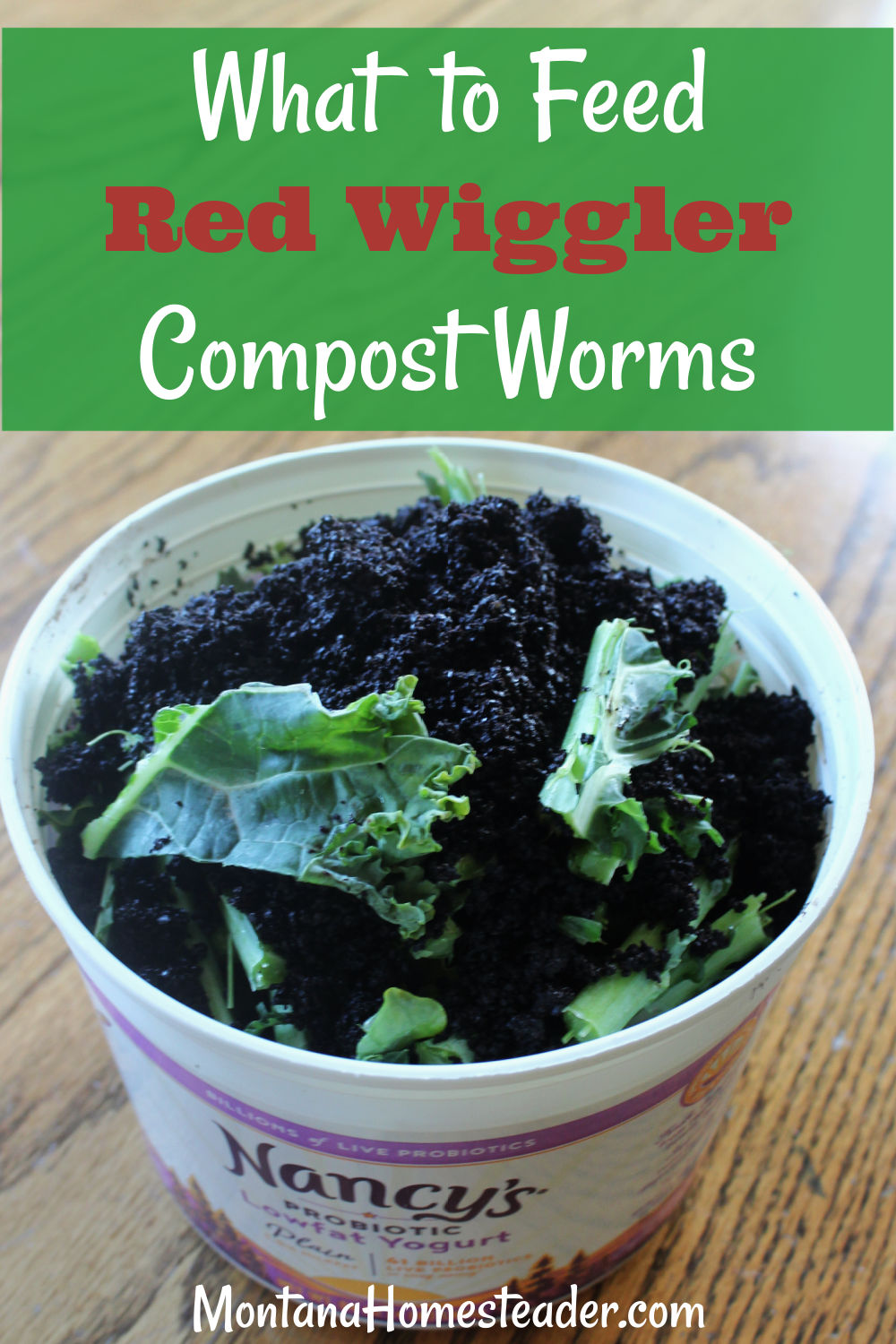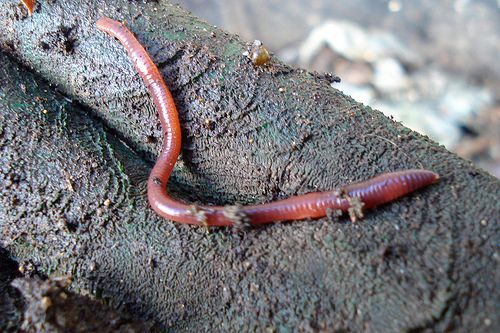Red Wigglers: The Unsung Heroes of Organic Waste Recycling
Red wigglers, or Eisenia fetida, act as essential agents in the organic waste recycling procedure, changing thrown out products into important vermicompost. Their reliable breakdown of natural matter not just boosts soil high quality but likewise adds to sustainable waste management practices. As the world increasingly looks for remedies to deal with waste build-up and enhance farming efficiency, understanding the role of these worms ends up being vital. What mechanisms allow them to thrive in compost environments, and just how can they be successfully made use of in both household and business settings? Checking out these inquiries exposes the wider effects of vermicomposting in our ecological landscape.
What Are Red Wigglers?
The impressive durability of red wigglers, medically referred to as Eisenia fetida, emphasizes their important duty in natural waste recycling. These little, reddish-brown earthworms are commonly discovered in breaking down raw material, such as garden compost heaps and manure lots. Lake Hickory Bait. Unlike other earthworm types, red wigglers prosper in nutrient-rich atmospheres and are very effective at breaking down natural materials, making them important for vermicomposting

Advantages of Composting With Worms
Composting with worms, particularly red wigglers, offers various advantages that enhance both waste administration and dirt health and wellness. First, these worms effectively damage down natural waste, transforming it right into nutrient-rich vermicompost that improves soil. This process speeds up decay, permitting a much faster recycling of kitchen scraps and other organic products contrasted to traditional composting techniques.
Furthermore, the vermicompost produced by red wigglers is teeming with useful microbes, which help boost dirt framework, aeration, and wetness retention. This boosts the general health and wellness of plants, promoting strenuous development and boosted yields in gardens and farming settings. The usage of worms in composting lessens the production of greenhouse gases, such as methane, adding to a much more lasting waste administration system.

How to Start Vermicomposting
Developing a vermicomposting system is a straightforward process that can produce considerable benefits for both waste monitoring and dirt enrichment. To begin, select an appropriate container, such as a plastic bin or wooden box, with appropriate air flow openings to ensure proper airflow. The dimensions ought to preferably be about 2 feet by 3 feet, permitting adequate room for the worms to grow.
Following, prepare bedding product, which can contain shredded newspaper, cardboard, or coconut coir. This bed linen ought to be moistened to create an appropriate habitat for the worms. Once the bedding is in area, introduce red wigglers (Eisenia fetida) into the bin, usually around one extra pound of worms for every square foot of area.
Following the placement of worms, include organic waste, such as fruit and vegetable scraps, coffee grounds, and crushed eggshells. With these actions, you will successfully initiate a vermicomposting system that adds to lasting waste monitoring and improves your soil.
Maintaining a Healthy And Balanced Worm Container
Aeration is vital as well. Gently mixing the bed linens and food scraps every few weeks stops compaction and guarantees that all worms have accessibility to oxygen. Additionally, it is necessary to feed the worms appropriately. A balanced diet regimen of vegetables and site fruit scraps, coffee premises, and smashed eggshells should be offered in small amounts to prevent overfeeding, which can bring about odors and insects.
If the container comes to be also warm or chilly, the worms may end up being stressed out. By carefully handling these aspects, one can preserve a robust and productive worm bin.
Impact on Sustainable Living
The effective upkeep of a worm bin not only benefits the health of red wigglers but additionally adds dramatically to lasting living techniques. By reusing organic waste, such as kitchen scraps and backyard particles, red wigglers assist divert substantial quantities of material from landfills. This decrease in waste not just decreases greenhouse gas emissions yet likewise minimizes the environmental concern associated with waste monitoring.
Additionally, the castings produced by red wigglers serve as a nutrient-rich natural fertilizer, boosting soil health and advertising plant development. This natural choice to chemical fertilizers sustains sustainable agriculture and gardening methods, decreasing reliance on synthetic inputs that can harm ecosystems. In addition, worm composting promotes recognition of waste administration, urging individuals and communities to take on more lasting habits.

Conclusion
In recap, red wigglers act as vital contributors to organic waste recycling via their efficient decay of organic materials. Their capability to create nutrient-rich vermicompost enhances soil health and wellness and supports sustainable agricultural methods. By incorporating vermicomposting into waste management strategies, individuals and communities can significantly minimize waste while promoting environmental sustainability. The function of Eisenia fetida in promoting healthy ecosystems highlights the value of these organisms in accomplishing sustainable living and enhancing dirt fertility.
Comments on “Lake Hickory Bait: Quality Supplies for Every Season of Fishing”